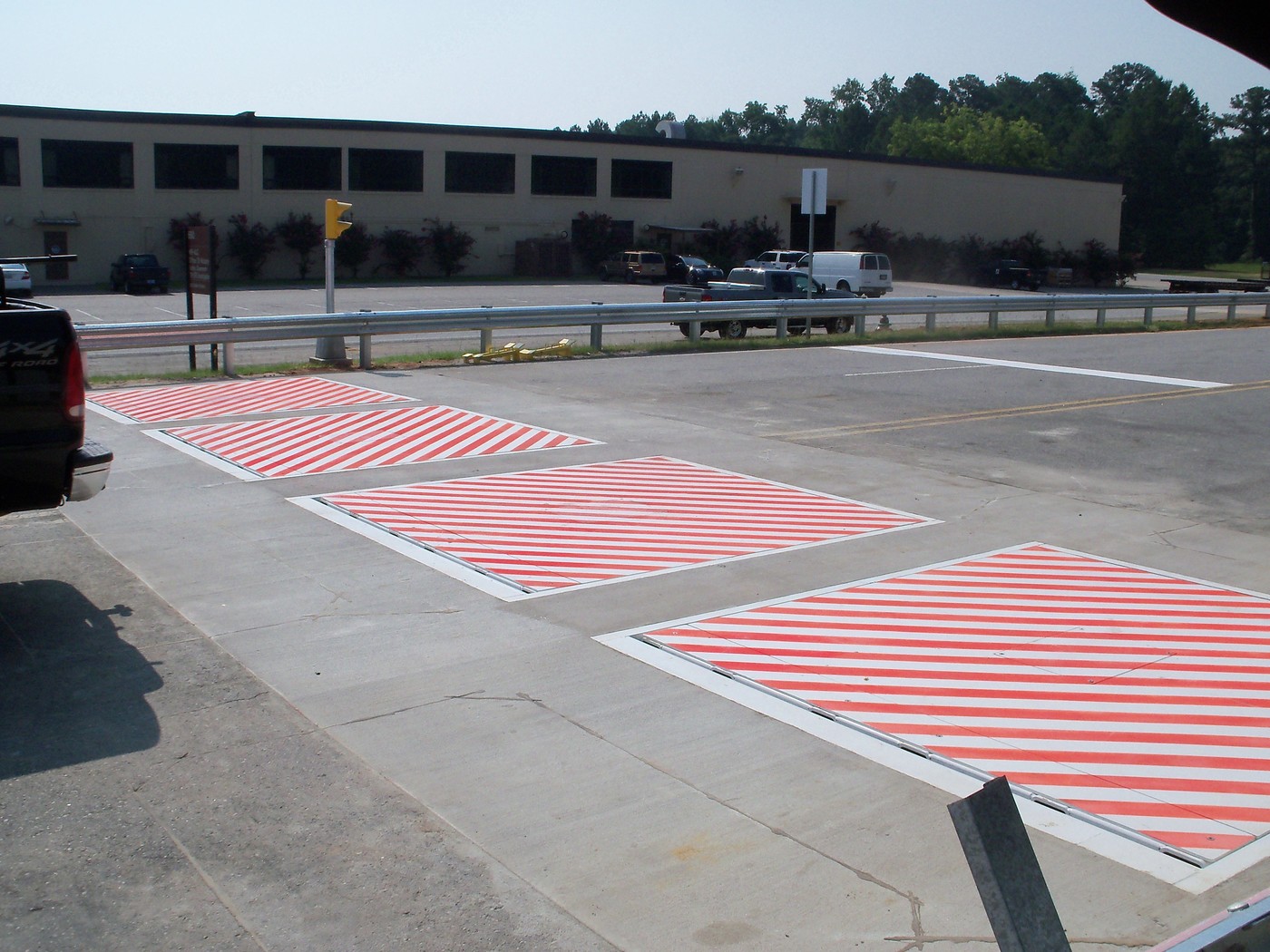What is the purpose of the crash barrier?

Crash obstacles, also called guardrails, are protective limitations designed to stop autos from leaving the roadway and crashing into obstacles, pedestrians, or different vehicles. They serve several important functions:
Vehicle Restraint: The major function of crash obstacles is to behave as a restraint system, stopping or redirecting vehicles that go away the roadway because of accidents, driver error, or antagonistic weather conditions. By doing so, they stop autos from getting into hazardous areas, such as steep slopes, bodies of water, or pedestrian pathways, reducing the chance of additional accidents or accidents.
Pedestrian Safety: In city areas, crash obstacles defend pedestrians by making a physical separation between the sidewalk and the highway. This prevents autos from accidentally veering onto pedestrian paths, enhancing safety for folks strolling near roadways.
Traffic Channelization: Crash limitations help in guiding and controlling visitors flow. They can be utilized to create designated lanes, information vehicles via curves, or forestall drivers from taking unsafe shortcuts. This channelization improves visitors organization and reduces the danger of collisions.
Mitigating Find out more of Crashes: In the occasion of a collision, crash barriers absorb and redirect the kinetic energy of the impacting vehicle. This can scale back the severity of the crash and decrease the chance of damage to the vehicle occupants.
Protection of Infrastructure: Crash limitations protect infrastructure such as bridge piers, utility poles, and different roadside buildings from vehicle impression. Without these limitations, buildings near roads could probably be susceptible to wreck from errant automobiles.

Emergency Response Support: In the case of accidents, crash obstacles present a clear indication of the boundaries of the road, aiding emergency response groups in locating and aiding the victims quickly.
Snow and Debris Containment: In regions susceptible to snowfall or landslides, crash limitations help comprise snow or particles within certain areas, preventing them from spilling onto the highway and posing hazards to drivers.
Compliance with Safety Standards: Many countries and areas have safety standards and rules that mandate the set up of crash limitations in particular highway circumstances. Using crash barriers ensures compliance with these requirements, contributing to street safety.
In summary, crash barriers play a critical function in highway security by stopping accidents, defending pedestrians, guiding traffic, reducing the severity of collisions, and safeguarding roadside infrastructure. Their installation and proper maintenance are important parts of modern road design and visitors administration..
